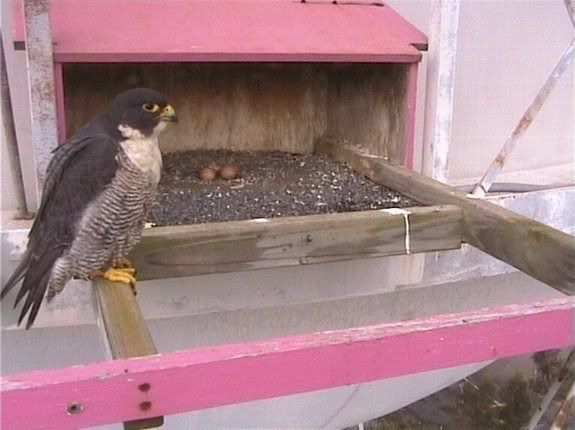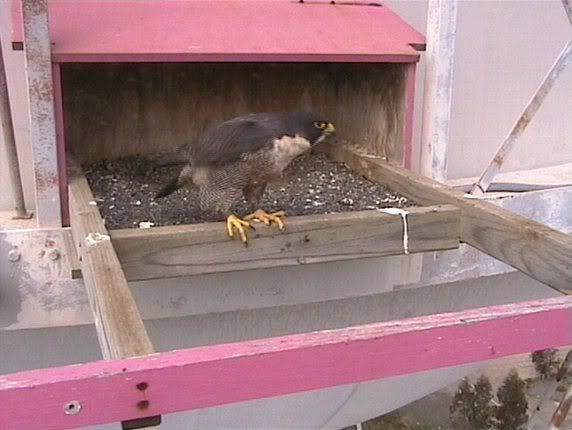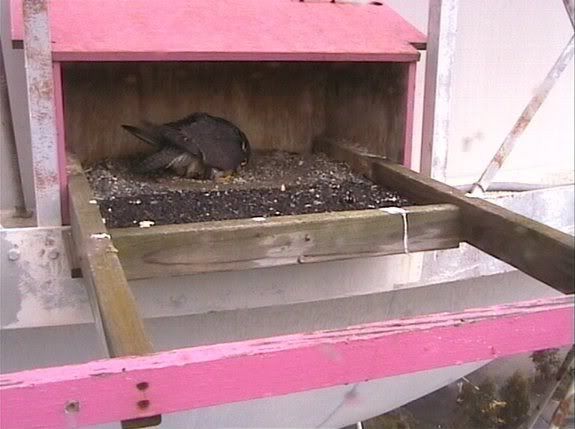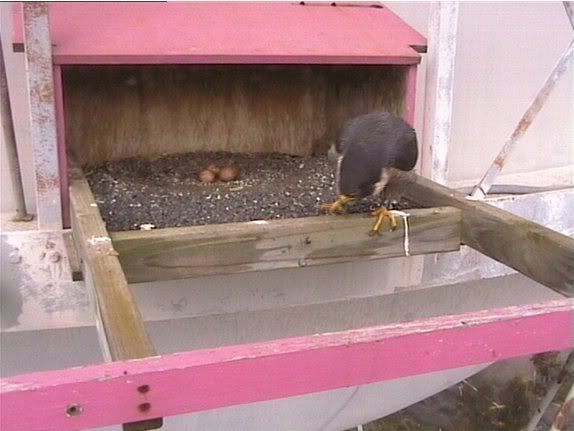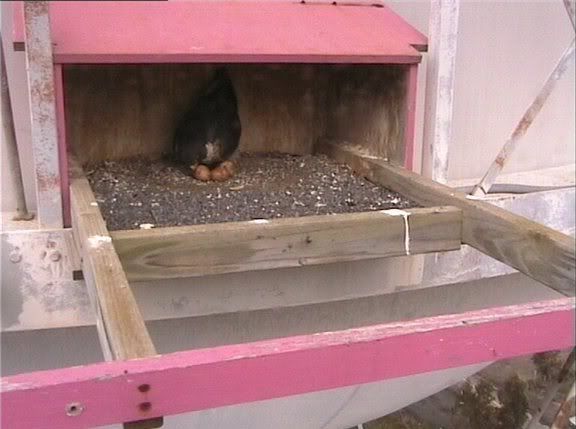After the gastrulation, the development of the extra-embryonic membranes is the most important event in the early embryonic stages. It's like setting up camp. In the first 2 days oxygen exchange is possible through th eeggshelle. But when the celllayers get thicker the embryo needs a proper circulation from itself to the eggshel to get enough oxygen. And one from his foodsupply - the yolk- to his body.
Evolution has figured out an amazing way to do that.
On the third day of incubation, blood islands begin linking and form a vascular system, while the heart is being formed elsewhere. By the 58 th hour of incubation, the heart and vascular systems join, and the heart begins beating. Two distinct circulatory systems are established, an embryonic system for the embryo and a vitelline system extending into the egg. In later stages of embryonic development, there are two distinct extra-embryonic blood systems. One system, the vitelline system, transports nutrients from the yolk to the growing embryo. from the fourth day on, it oxygenates blood. The other blood system, made of allantoic vessels, is concerned with respiration and the storage of waste products in the allantois. When the chick hatches, both circulatory systems cease to function.

The three extra-embryonic membranes are formed from the primitive germ layers:
The Yolk Sac
The yolk sac surrounds the yolk and draws nourishment from it. Blood islands, which eventually form channels followed by vessels, are derived from the mesoderm. These blood vessels, the vitelline vessels, extend to connect with the ovessels coming off the heart of the embryo. The cells lying next to the yolk become more and more specialized to digest the yolk and pass its nutrients on to the neighboring vitelline circulation and thus to the embryo
The Amnion
Ectoderm and somatic mesoderm surrounding the embryo, form a protective covering over the embryo called the amnion. The inner layer of cells secretes amniotic fluid in which the embryo floats. This fluid keeps the embryo from drying out and helps protect it when the egg is jarred.
The Chorio-Allantoic Membrane
Ectoderm and somatic mesoderm form the chorion which lines the eggshell and performs gas exchange and waste elimination. The allantois is the embryo's connection to the chorion. It appears as a balloon-like structure coming off the hindgut at about day 5. It carries with it the allantoic vessels coming off the heart. The allantois grows larger as the chick grows, wraps around above the chick, and fuses with the chorion. It works together with the chorion to exchange gasses between the embryo and the outside environment. The egg shell is porous and thus allows oxygen and carbon dioxide to pass freely back and forth from the environment to the inside of the egg.
The chorio-allantoic membrane is also responsible for drawing calcium from the egg shell and carrying it back to the chick. Calcium is needed to carry on general metabolism and make bone ( ossification) . For the first 15 days the chick can absorb a sufficient amount of calcium from the yolk. But at around day 15, the formation of bones begins to accelerate and the embryo must draw calcium from the egg shell. The allantois also stores wastes (urine) once the embryonic kidneys begin to function. When the chick hatches, the chorio- allantoic membrane remains attached to the egg shell and is therefore discarded with it.
It is an amazing journey to see what is happening inside the egg. And a true miracle of life
illustration by Janet Sinn-Hanlon
